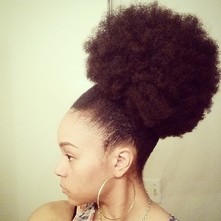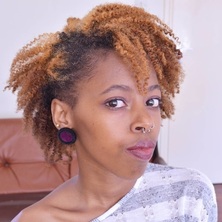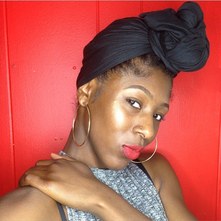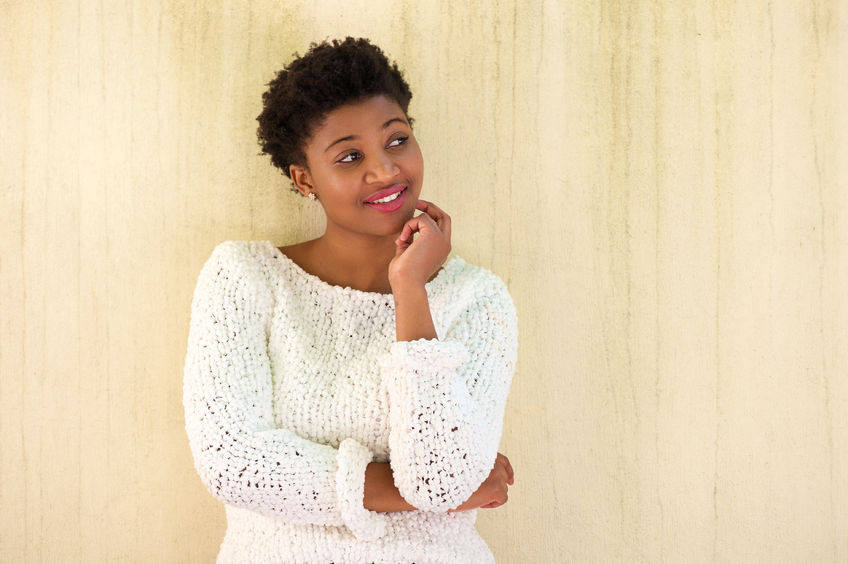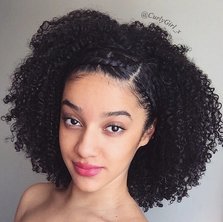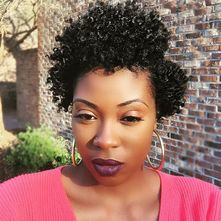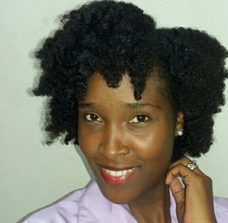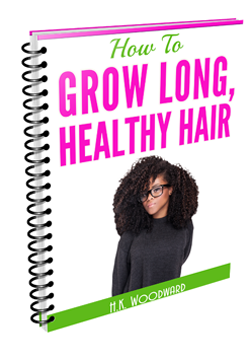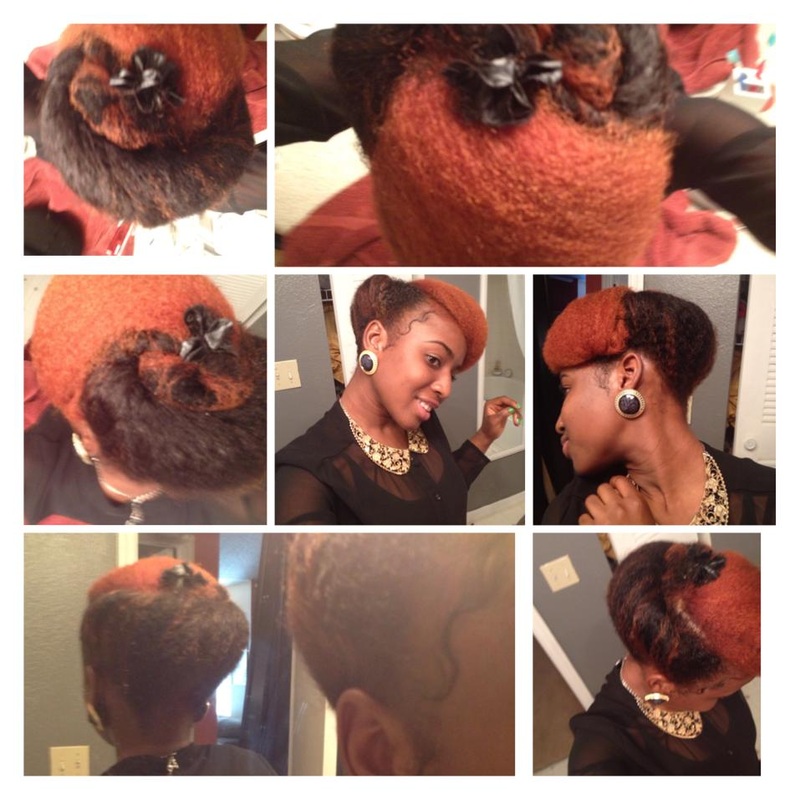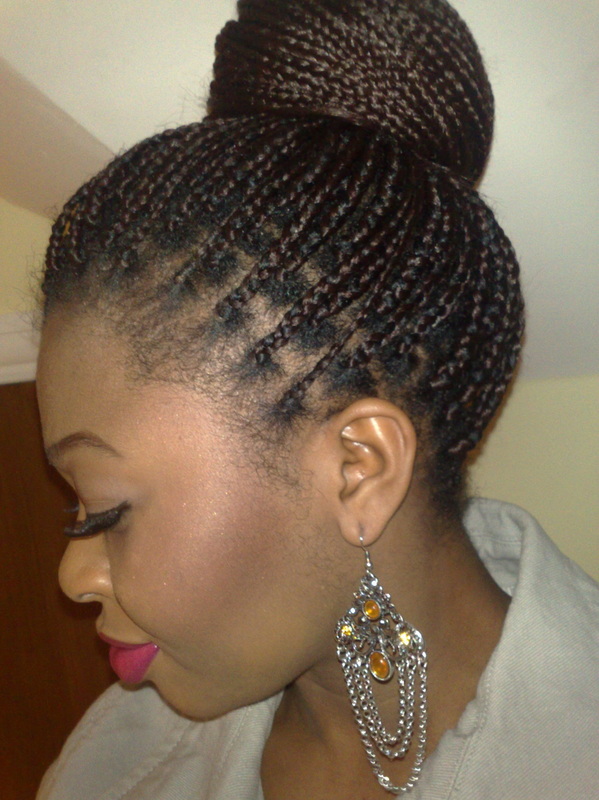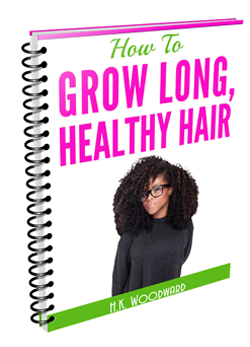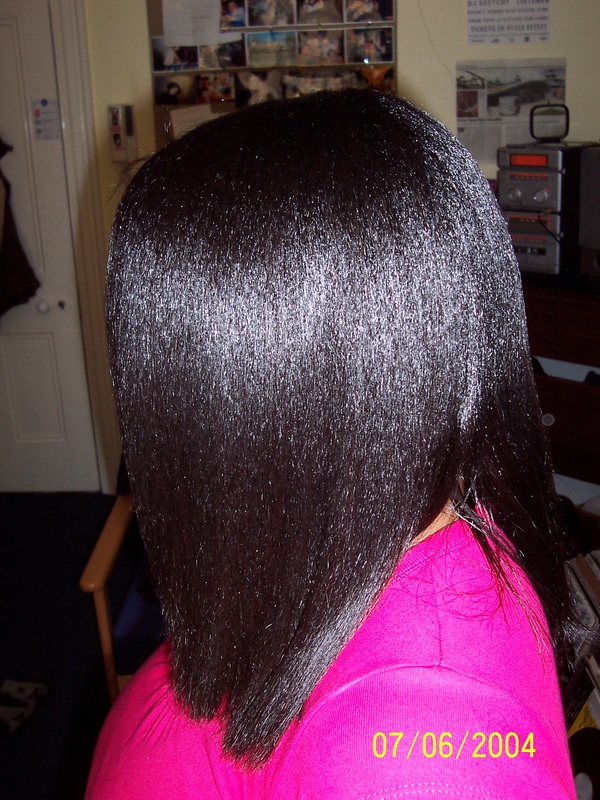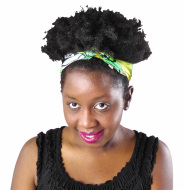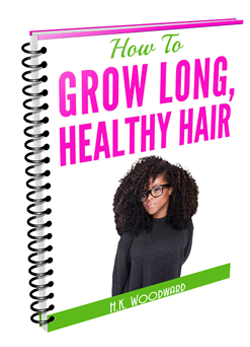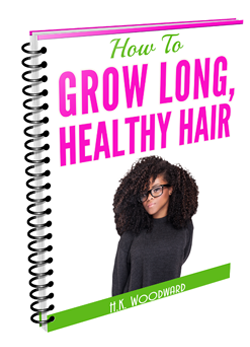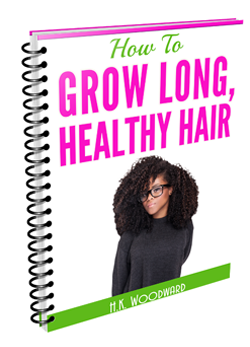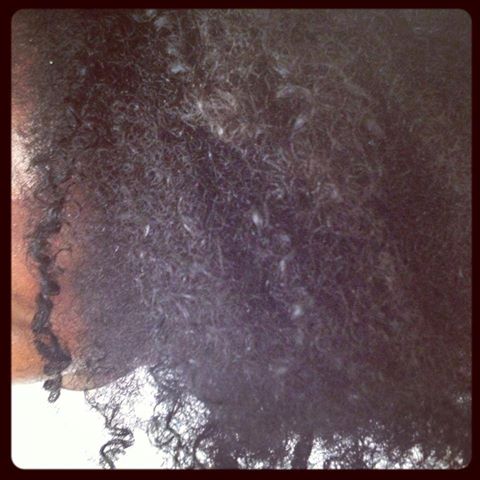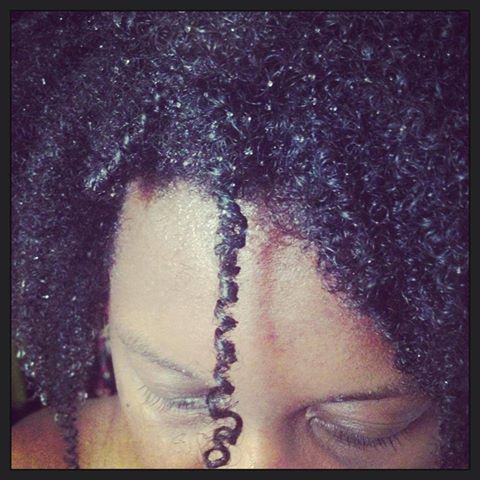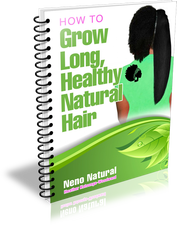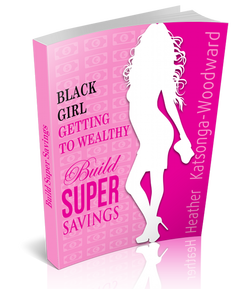|
Copyright: mimagephotography / 123RF Stock Photo
by treasuredlocks.com
As we get older, many of us have to face the fact our hair might want to start showing our age before we are ready. Our hair can begin to gray as early as in our teen years. Graying is fairly common by the time we are in our 30s and 40s. Having your hair dyed in a salon is certainly an option, but it’s expensive, time consuming and who knows what chemicals are used in those dyes? You could dye your hair at home, but again, you have the issue of knowing what’s in the product. And, there is the potential to damage your hair if you don’t do it right. If you’re not a trained professional, dying or relaxing your hair at home can put the health of your hair and scalp at risk. For many years people have been using natural hair dyes. These are usually henna based. These dyes can make hair darker (never lighter). Not only do they not damage the hair, they can actually make the hair healthier, smoother and easier to manage. They are an excellent product for those who can use them. The problem? Gray hairs can be stubborn and difficult to cover. Now there are products that are the best of both worlds. These are henna based dyes with just enough of the chemical components necessary to cover those stubborn grays. These products are easy enough and safe enough to be used at home. Using them saves both time and money. They contain herbs that enhance the health of the hair, while it’s being colored. They are not for everyone. They don’t damage hair partly because they have no ability to lift color. However, because they have no ability to lift color, they cannot make hair lighter. They can only change hair color so much. For example, if your hair is dark, they can add highlights like a reddish tint to it, but you will not be able to get a full red. If these products are suited to you, they are an excellent alternative to harsh chemical products, having to make an appointment and to the on-going expense of having your hair dyed on a regular basis. Many of our customers are freeing themselves from the salons and taking better care of their hair at home. Article courtesy of Treasured Locks, LLC Treasured Locks has been in business since 2002 providing expert advice and premium products for at home hair care. Treasured Locks specializes in the care of natural hair serving tens of thousands of customers all over the United States. For more information, please see www.treasuredlocks.com. If you’re interested in the products mentioned in the article, please visit this page.
Copyright: mimagephotography / 123RF Stock Photo
2 Comments
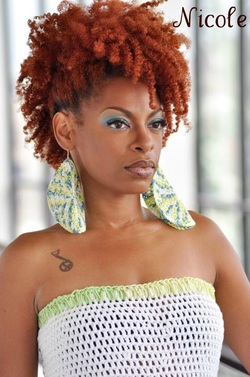
Color treatments can potentially damage natural hair but if you take precautions particularly by having your hair colored by a professional they do not have to be.
A hair dye works by either removing, replacing or covering up the color pigment naturally found in your hair. Permanent synthetic dyes are more likely to weaken and damage hair than natural dyes and temporary hair rinses. Disadvantages of hair color
The healthier your natural hair is the more it will "accept" the hair color without damage. If your hair is fragile do not apply any color before speaking to a professional. Don't forget to deep condition at least weekly when you color your hair. A deep condition will keep the health of your hair in tip-top shape.
I was recently asked whether it was harmful to dye hair and then subsequently braid it.
The answer is YES. The reason is simple: When you have your hair dyed, the cuticle layer has to be lifted in order to let the dye in. The cuticle layer is then flattened again but the very act of lifting and flattening the layer weakens it. At times, the cuticle layer doesn't get re-flattened properly leading to hair damage. If you then go to braid your hair you're braiding hair who's protein infrastructure has been weakened. The likelihood of incurring hair breakage is therefore higher. When can you braid your hair again? I would say wait until about 6 weeks have passed or when you have about half an inch of new hair growth before you braid your hair. Your new growth won't have been dyed and will be stronger - the protein infrastructure will be intact. In addition, after a few deep conditions and hot oil treatments the color-treated hair will have been re-fortified and will therefore be more ready to hold a braid. Relaxing hair weakens hair more than dyeing natural hair. Have you braided your hair quite soon after dyeing it and faced a bad result due to that? 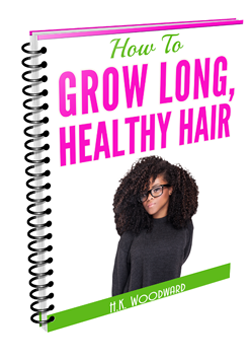
Get your FREE ebook on How To Grow Long, Healthy Natural Kinky or Curly Hair. You might also like: Is It Bad To Dye / Color Hair Then Get Extensions? 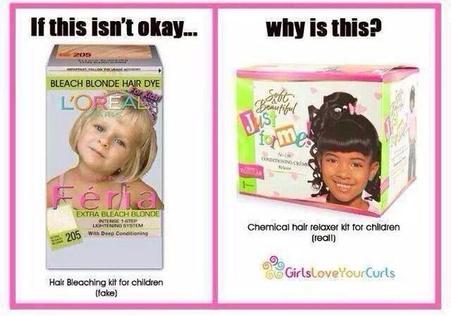
Denise Blaize @MsDBlaize shared this image with me on Twitter.
My very initial reaction was to imagine those little girls that are "forced" into beauty pageants by their mother and made to change themselves in every which way: hair, makeup, body, clothes. I hate those competitions because kids that young do not need to be that focused on the way they look. I can imagine letting a kid enter one of those for fun but when it becomes a lifestyle of contest after contest, there's an issue. Anyhow, as soon as I had those initial thoughts upon seeing the hair dye, I went straight to thinking about my perception of hair and relaxer as I grew up. As you may know I was born and bred in Malawi, Africa. In addition to her day job, my mother was into hair and started a hair salon as a side-gig when I was very young. Lots of new stuff was tried out on little Heather and I had relaxed hair from like age 4/5. Now, I'm not mad at my mum at all. Relaxer was marketed as a solution for hair management and there wasn't any information at the time that would suggest it could cause any long term harm to hair growth or scalp issues. I did get burned every time I had a relaxer but as we say in my language, "Kutchena ndi kupilira", "Beauty is persevering". CHEMICALS A few people on the Facebook page immediately jumped onto the chemicals are dangerous argument. I don't want to talk about that in this post. My personal belief is that the chemicals are obviously safe enough for human use but in my personal experience, based on my own head, over a 20 year period relaxer started making my hair thinner and the strands weaker. But as I said, this post is not about chemicals - ignore "chemicals" in any comments. I'm interested in the message we send to little girls. ULTIMATE BELIEFS Ultimately, I subconsciously believed the following:
Underlying those subconscious beliefs was the even more lethal belief:
Relaxer was not just an alternative look, it was "the look" I needed to have. It took a hair tragedy (thinning hair) for me to revise my views. LET KIDS BE KIDS I think children should be allowed to be children. One of the most important parts of growing up is accepting yourself as you are. Persistent dyeing and relaxing of hair doesn't give kids the right message. Changes to hair should, in my opinion, be non-permanent to show the kid this is just for variety but you look great as you are. What do you think? What did you grow up believing was acceptable or now, subconsciously or consciously. Comment below or on the Facebook post. Heather x
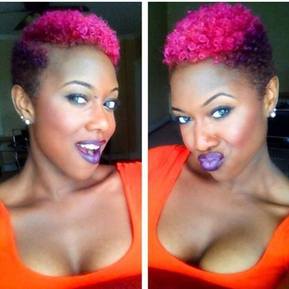
When you color natural hair the hair cuticle is lifted to allow the color in and needs to be flattened properly. A fair amount of protein is also lost during the color process.
To ensure minimal damage to the hair after it's been colored:
Making the color last:
How Often Should You Color The Regrowth Due to the curly nature of our hair, you can wait a while before the regrowth starts to really show, probably as long as 6 to 8 weeks. If you're not bothered by having two colors of hair then I would wait as long as 3 months before coloring your hair again because dyes, even the natural ones, are a chemical that can cause hair damage. The whole process of lifting the cuticle and flattening it again happens whether or not the hair dye is derived from natural or synthetic sources. As such you will always lose protein in the process thereby weakening the strands. 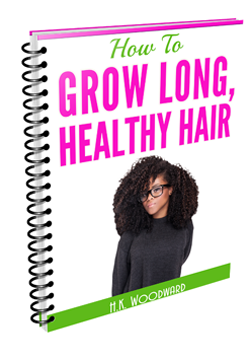
Get your FREE ebook on How To Grow Long, Healthy Natural Kinky or Curly Hair. You might also like:
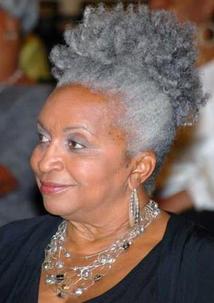
At some point you just let greying hair be but if you feel you're greying prematurely you may want to cover the grey hairs up.
The older one gets the less melanin hair produces. Grey or colorless hair is the result of age. As we get older hair also gets more dry and wiry, it's less malleable and supple than the hair you grow in your youth. Below are a few options for solving "The Grey Problem". You can purchase ingredients using the Amazon links at the end of the blog. 1. Dye hair with Henna and Amla Handling henna is very messy. So make sure to have plenty of paper towels around. In addition, to avoid dying your skin, paste vaseline around the outer edge of your hairline like you would if you were going to relax your hair.
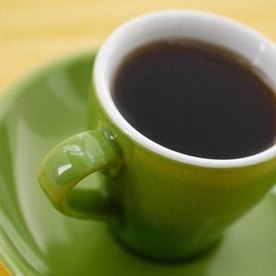
2. The Black Tea Remedy
Black tea is a quick and dirty remedy for covering grey hairs.
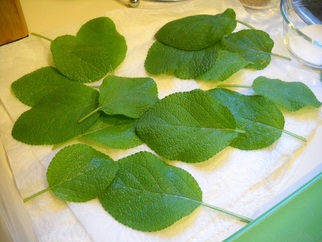
3. Sage Water Rinse
Sage restores hair's natural color and prevents premature greying.
If you make your own hair products you can use sage water instead of plain water in all your recipes as an anti-grey antidote. Rosemary essential oil is the best essential oil for reducing the rate at which hair grey. You can add a few drops in your products, e.g. your regular shampoo and conditioner; it is also one of the key ingredients in Neno Natural's Hair Growth Stimulator.
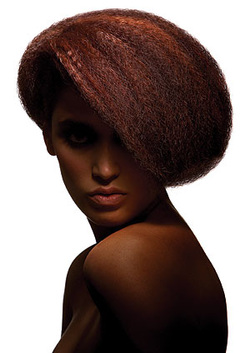
Synthetic vs. natural
A color treatment can be synthetic or natural. Obviously the synthetic types have much more damage-potential than natural coloring agents. The range of synthetic dyes A permanent hair color uses hydrogen peroxide and/or an ammonia-based product to lift the hair cuticle and allow the dye to penetrate into the hair fibre. By lifting the hair's cuticle some protein and moisture is lost. As hair colors become less permanent: semi-permanent to demi-permanent to temporary the strength and toxicity of the dye becomes lower. The least toxic synthetic coloring agent is the temporary type; this is because the molecules in the dye are too large to penetrate the hair cuticle - basically, the dye doesn't mess with hair natural structure. Natural dyes There are three main types you can use: Henna, Cassia and Indigo
|
I now blog about wealth creation - so if you have any money questions meet me there, you can do all sorts of cool things like leave me a voicemail.
By Heather Katsonga-Woodward
I was a natural hair blogger and mixtress living between London & Chicago from 2012 to 2017. I always thought I was 4C but some say 4B; images below - you decide! Heather xx Categories
All
Archives
November 2016
|

